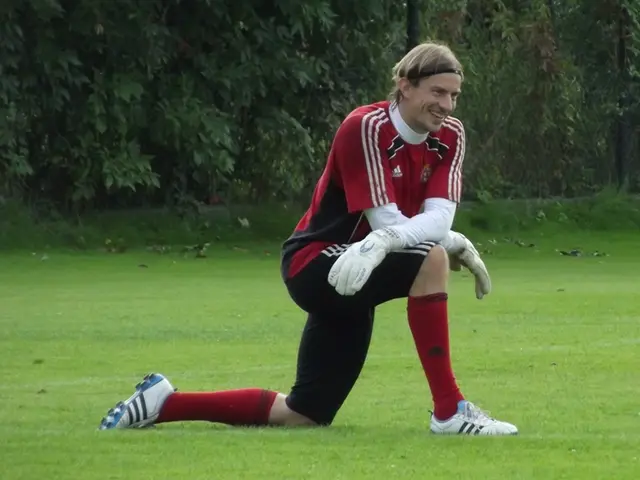Safe Methods for Reducing Abdominal Fat During Breastfeeding
In the realm of women's health, one condition that often comes to light post-pregnancy is Diastasis Recti. This condition refers to the separation of the abdominal muscles, a natural occurrence during pregnancy due to the growing baby.
Diastasis Recti can lead to abdominal muscle weakness and discomfort, making everyday activities more challenging. Fortunately, resources like the Cleveland Clinic provide valuable information on this condition.
While the American College of Obstetricians and Gynecologists (ACOG) has published guidelines on various aspects of pregnancy and postpartum care, such as breastfeeding and physical activity, it has yet to issue specific guidelines on Diastasis Recti.
However, understanding the nutritional requirements during pregnancy and lactation is crucial. Medical Clinics of North America have published nutrition recommendations tailored to these periods, which may help women maintain a balanced diet and support their recovery.
The Food and Drug Administration (FDA) has also published guidelines on nutrition facts labeling requirements. While primarily aimed at the food industry, these guidelines may offer insights into understanding nutritional needs during pregnancy and lactation.
In terms of managing or preventing Diastasis Recti, specific exercises or physical activities are recommended. These may involve strengthening the core muscles and improving posture. It's essential to consult with healthcare providers or professionals specialising in postnatal care for guidance on the most suitable exercises.
It's important to note that persistent muscle soreness after working out is primarily caused by Delayed Onset Muscle Soreness (DOMS), a result of microscopic muscle fiber damage during intense or unfamiliar exercise. Additional factors such as overuse or overstretching, electrolyte imbalances, muscle tension from stress, and certain drugs or alcohol can contribute to or worsen this soreness.
In conclusion, Diastasis Recti is a common issue following pregnancy, and understanding its causes and management is crucial for women's postnatal well-being. While ACOG has not yet published specific guidelines on this condition, resources like Cleveland Clinic and appropriate exercise regimens can provide valuable assistance. Additionally, maintaining a balanced diet and understanding nutritional needs, as outlined by the FDA and Medical Clinics of North America, can support overall health during pregnancy and lactation.
Read also:
- UK-Based Company, 32Co, Expands Comprehensive Sleep Centre Network Nationwide to Address Escalating Sleep Disorder Predicament
- Expanded Techniques for Amplifying Your Aesthetics Enterprise Growth
- Unconventional sources of bullseye-shaped rashes not associated with Lyme disease
- Financial choices made by NHS leaders, as uncovered by a King's Fund study, are geared towards preserving patient care amidst financial pressure.





